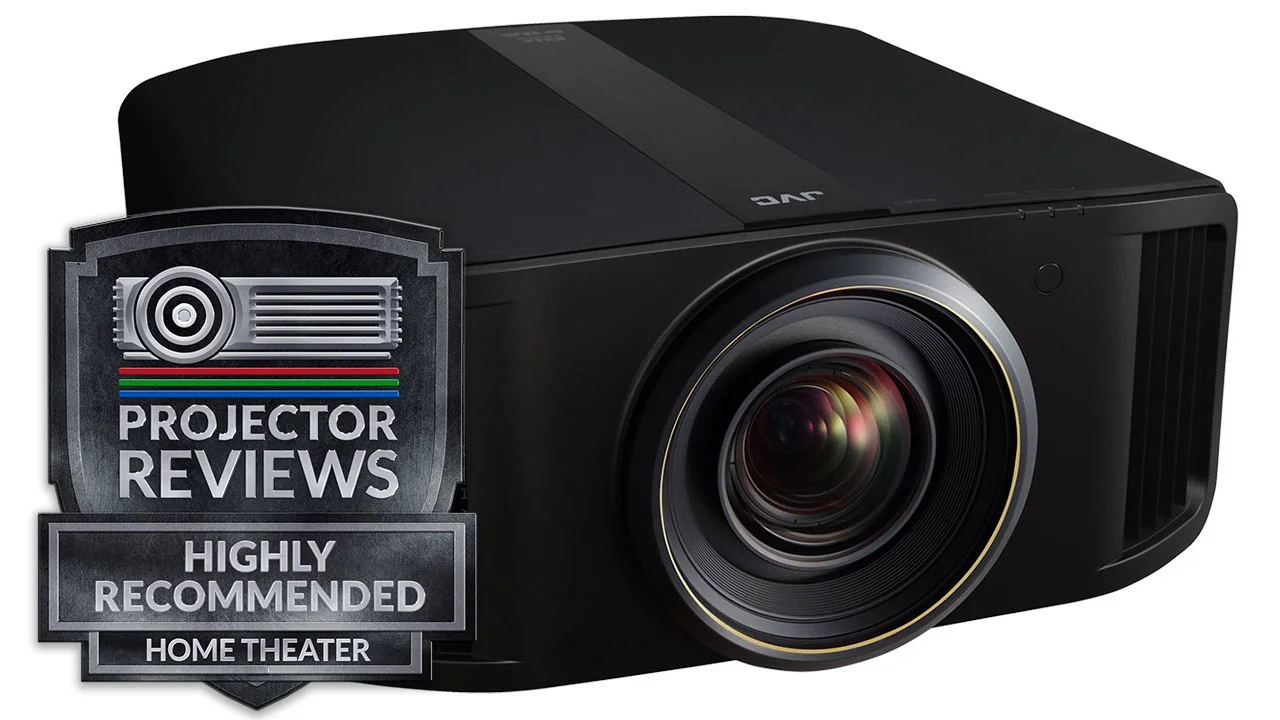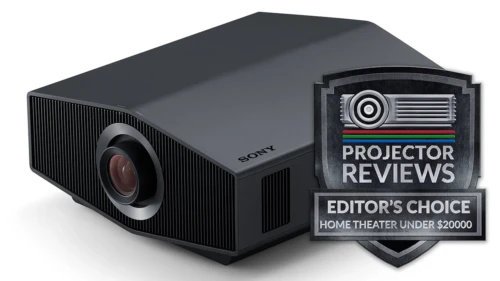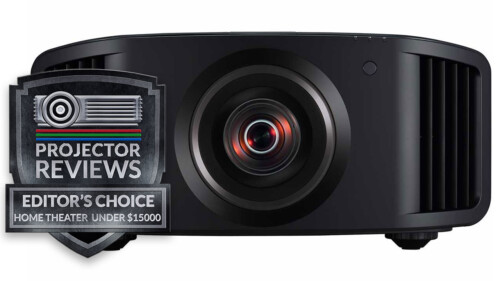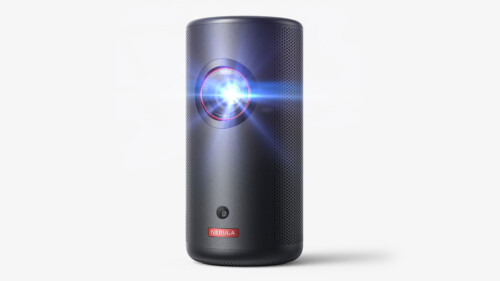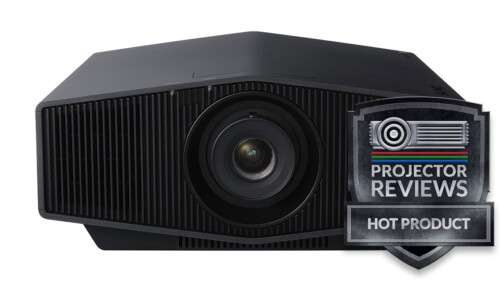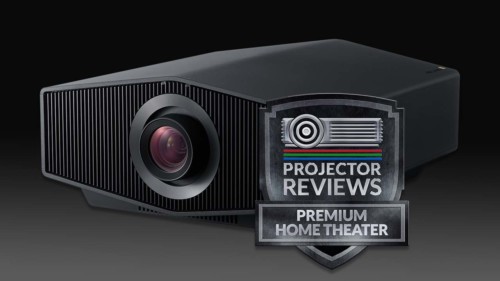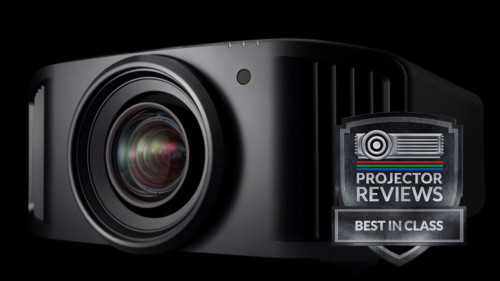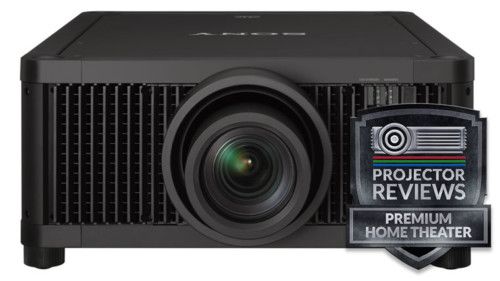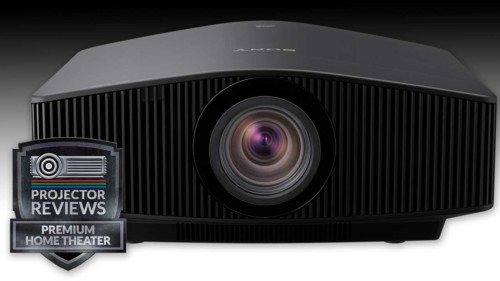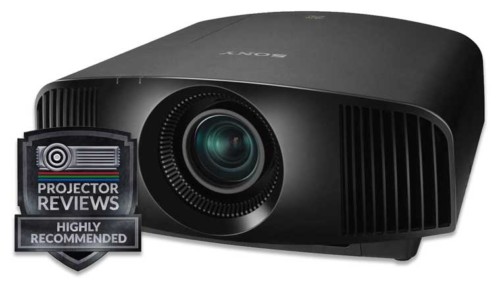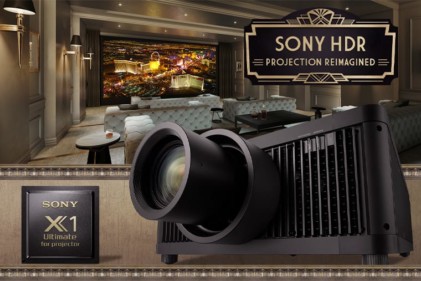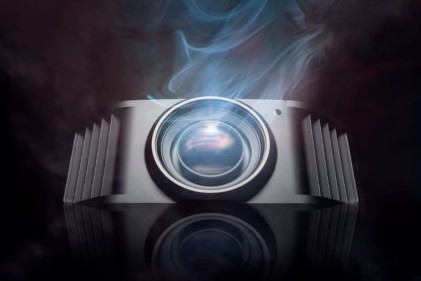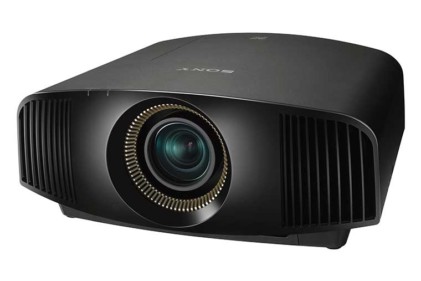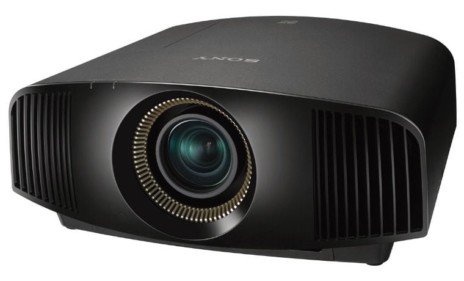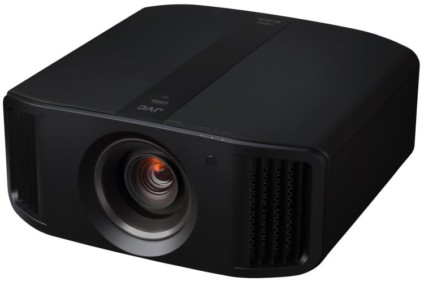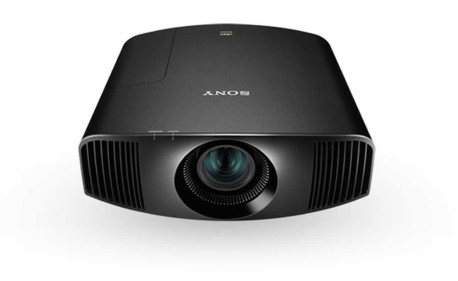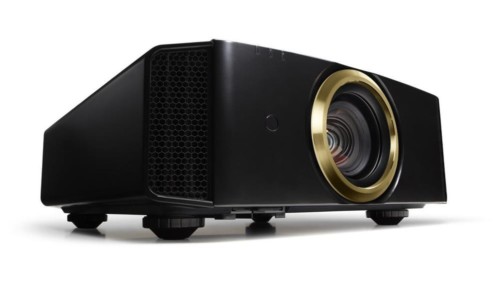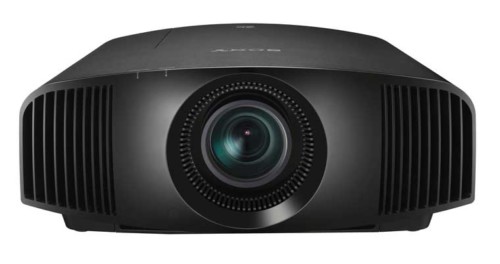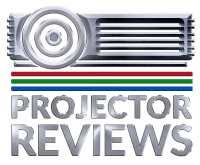The LCoS projectors category includes the latest projectors used for home theater and commercial settings. See below for a list of recent LCoS projector reviews and information pages.
LCoS Projectors currently dominate home theater space in the $3500 – $12,000 price ranges in the US. This is the result primarily of two major players in Home Theater space: Sony offers two LCoS projectors at in the low and middle of that price range, (and also an amazing 4K projector costing $25,000 in 2013. JVC offers four LCoS projectors in that price range. We have found both brands to offer “best in class” calibre projectors. While there are a few serious competing DLP projectors, right now, the LCoS projectors rule, whether they are JVC’s DiLA, or Sony’s SXRD. Mass market DLP home cinema manufacturers like BenQ and Optoma seem to be retreating to the less expensive markets, and those pesky
LCD projectors for home are all under $3500.
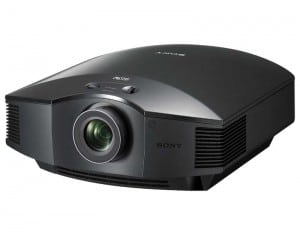
LCoS projectors are a high-resolution alternative to LCD and DLP projectors.
It’s not only on the home theater side of life that LCoS fares well. Canon has built an impressive reputation on the scientific and business side, especially in the medical fields with their DICOM capable REALiS LCoS projector models. Definitely on the expensive side but top performance usually is.
LCoS (“Liquid Crystal on Silicon”) projectors are best known for great color, superb black levels, least visible pixel structure and accurate performance. It’s not that other technologies can’t produce these results, it’s just that LCoS technology has some real advantages.
LCoS projectors are more expensive than the competing technologies, typically costing between $3,000-$25,000. In contrast, entry-level DLP projectors are available for under $500 and LCD projectors don’t start out much higher. LCoS projectors offer the least visible pixels, and excellent dynamic range. In the home theater projectors that translates into images that pop, and excellent black level performance. On the business, education and government side of things LCoS is associated with precision, and the ability to project difficult images such as medical CATs, MRIs, and X-Rays.
There is some additional practical information covering differences between projector technologies: 3LCD vs LCoS vs DLP projectors.
LCoS Projector Reviews
June 1, 2023
The JVC DLA-NZ7 is an HDR home theater projector that delivers true 4K resolution (4096 x 2160) with a retail price of $10,999.
February 27, 2023
Nebula Capsule 3 Laser by Anker. The Nebula Capsule 3 Laser is a portable compact projector with an integrated battery and retails for $799.99. It can reproduce Full HD (1920x1280) resolution and project images up to 120”. While most portable proje ...
April 25, 2022
The Sony VPL-XW7000ES is a 3200 lumen, native 4K home theater projector and part of Sony's SXRD projector lineup refresh.
July 2, 2021
The VW1025ES is Sony’s least expensive 4K Home Theater projector The Sony VPL-VW1025ES which retails for $40,000 is a 4K SXRD laser home theater projector. It is the successor of the highly-rated VW995ES ($35,000 SRP) we reviewed a few years ago. Art l ...
June 6, 2021
Review of the Sony VPL-VW325ES a 1500 ANSI lumen 4K SXRD home theater projector & Sony's most affordable 4K projector.
December 1, 2020
In this article, sponsored by Sony, we explore the challenges of projecting HDR and how higher-end projectors utilize features and technologies to improve the picture quality of HDR content dramatically.
November 9, 2020
The JVC DLA-RS3000 is an HDR commercial projector that delivers true 4K resolution (4096 x 2160). With a retail price of $17,999 its on the higher end of JVC's 4K lineup.
September 19, 2020
The VW715ES adds projector optimized X1 processing and Dynamic HDR Tone-mapping to an outstanding SDR and HDR picture.
March 23, 2020
Review of the Sony VPL-VW695ES, a native 4K projector under $10,000.
August 31, 2019
The JVC DLA-NX7 is a HDR home theater projector that can deliver true 4K resolution (4096 x 2160) with a retail price of $8,999 it fits in the middle of the JVC 4K FPJ lineup.
November 21, 2018
The Sony VPL-VW295ES is the least expensive, true, native 4K home theater projector, with a list price of $4999.99.
October 9, 2018
The JVC DLA-RS3000 is one of the first home theater projectors to support 8K resolution.
August 20, 2018
The JVC DLA-RS440U is a 4K capable home theater projector with 1800 lumens.
October 26, 2017
The Sony VPL-VW285ES - a real 4K projector, and the first under $5000.
About LCoS Projectors
LCoS (“Liquid Crystal on Silicon”) projectors are a more recent variation of LCD technology, as LCoS also uses three panels of red, blue and green. However, LCoS uses reflexive technology as opposed to transmissive, which allows the pixel structure of LCoS projectors to be much less visible than the competition (virtually invisible at normal seating distance). This minimizes the visibility of individual pixels, eliminating the “screen door” effect. With no spinning color wheel (unlike DLPs), there is no annoying rainbow effect that is visible to some people.
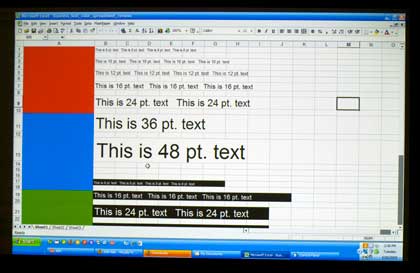
JVC, Sony and Canon dominate the LCoS industry… Each designs and manufacturers their own LCoS panels, unlike the DLP world, where Texas Instruments manufacturers all DLP chips for all the DLP projector companies, or LCD projectors, wherelmost all the world’s LCD panels come from Epson.
JVC projectors are often commeded for producing the best native black level performance, although Sony is breathing down their neck. Canon business projectors have developed a superb reputation amongst all types who require high quality picture with exceptional color, such as videographers and photographers.
Because of their varied strengths, JVC and Sony projectors are two of the most talked about home theater projectors, but Canon dominates LCoS in the commercial sector.
Below is a data image from a Canon REALiS series projector. Canon is a huge favorite amongst photographers, camera clubs, scientists, medical presenters, universities museums and more. Note the superb red, green, and blue colors. Canon’s highest-end business projectors are all LCoS and they usually are one of the first to market with the highest new resolutions.
LCoS VS. The Competition
Let us put in perspective the difference between LCoS technology and the competition.
Current LCoS JVC models have taken our highest home theater award “Best In Class” for the $3,500-10,000 price range in our Annual Home Projector Comparison Report three years in a row, while this year Sony’s giving them a run for the money. None of the DLP projectors can match the LCoS projectors at the moment, in terms of black levels and handling dark scenes.
In the business segment, LCoS projectors are about the same size as LCD models because they are both “3-chip” technologies. Both technologies are offered in small portable as well as larger projectors.
Like LCD, even the smallest LCoS projectors are still a size larger than the smallest DLP projectors. Recently, though, the first pico projectors using LCoS technology are entering the market (well, back at the end of 2010).
In the business segment, LCoS projectors are about the same size as LCD models (or slightly larger), afterall, they are both “3-chip” technologies. Both technologies are offered in relatively small sizes, but if small, or low cost is what you need, whether home cinema or commercial use, then your choice is probably another technology.


